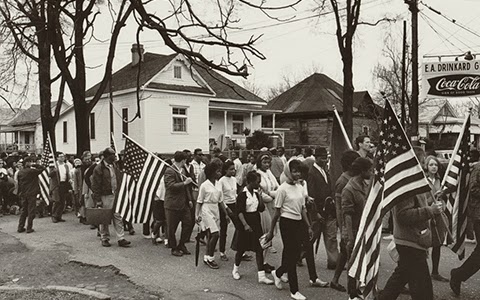Mock trial, moot court – two competitions and two high-school-team winners. Do you know the difference between these two programs?Mock Trial
A “mock” trial means a trial acted out by students as if they were trying a case before a judge or jury. Students play all parts in the trial as attorneys, clients, and witnesses. Opening statements, direct and cross examination, and closing arguments are all part of the mock trial.
In March, 300 high school students from 32 teams competed in a three-day mock trial event. At the 32nd Annual High School Mock Trial Competition, Westerville North High School defeated Ashland High School. Westerville North, by the way, continued in the competition to place 10th at the National High School Mock Trial Championship earlier this month. Congratulations, Westerville North!
Moot Court
The word moot means “in dispute,” and this program differs from portrayal of a trial because it allows students to act as attorneys for an appeal.
The moot court experience lets students handle an appeal of a simulated case that has already been tried. A losing party to a case always has the right to appeal to one of the 12 appellate courts in Ohio, and a panel of three judges will make a decision based on the written papers (briefs) and the oral arguments of the attorneys. There are no witnesses, just the attorneys arguing their legal positions to the judges.
The student-lawyers in moot court argue for the appellant (who wants reversal) or the appellee (who wants the decision affirmed.) Springfield High School students recently won the second annual Moot Court Competition where more than 100 students representing 16 high schools across Ohio appeared before a panel of judges and lawyers and argued their cases as appellate attorneys. Hooray, Springfield!
The Ohio Center for Law-Related Education (OCLRE) sponsors these programs and hosts the civic competitions for students. Teachers should know that younger students can benefit from studying the court system as well. OCLRE has started hosting a middle school mock trial showcase where students learn about the roles of judges, attorneys, and witnesses from classic books read in school when they act out the characters in a legal setting.
The Ohio Supreme Court supports OCLRE along with the ACLU of Ohio Foundation, the Attorney General’s Office, the Ohio State Bar Foundation, and the Ohio State Bar Association.
















